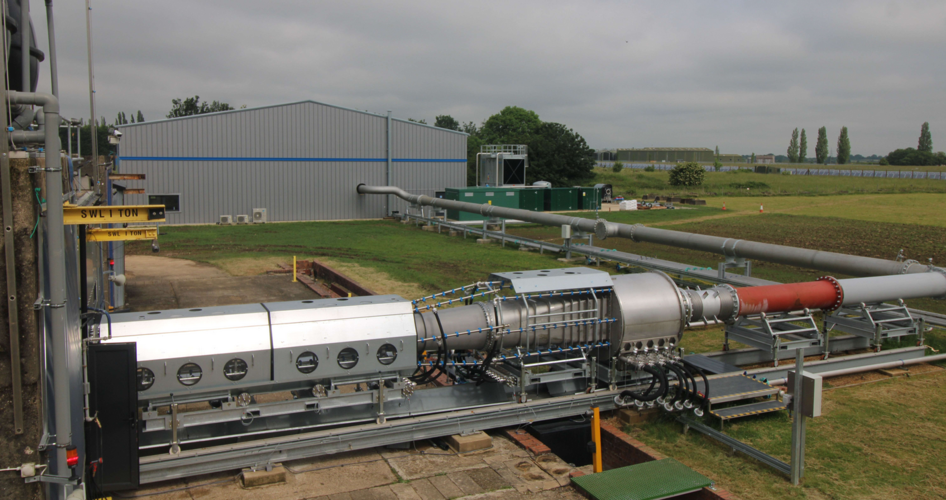
A rocket is needed to launch a mission up into space, but satellites in orbit and spacecraft headed to other parts of the Solar System are equipped with smaller onboard rocket engines of their own, essential to let missions perform manoeuvres in space, controlling their own orientation and direction.
“The new facility’s thruster test cell can perform test-firings of the largest class of satellite engines, delivering up to 1300 Newtons of thrust,” remarked Mark Ford, Head of ESA’s Propulsion Engineering section. “It will serve as the gold standard for testing of the biggest, mission-enabling thrusters to come, including the new ESA-supported High Thrust Apogee Engine, designed for future exploration missions, as well as numerous commercial projects.”



